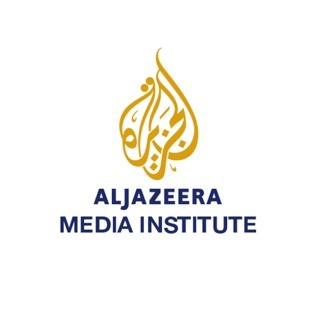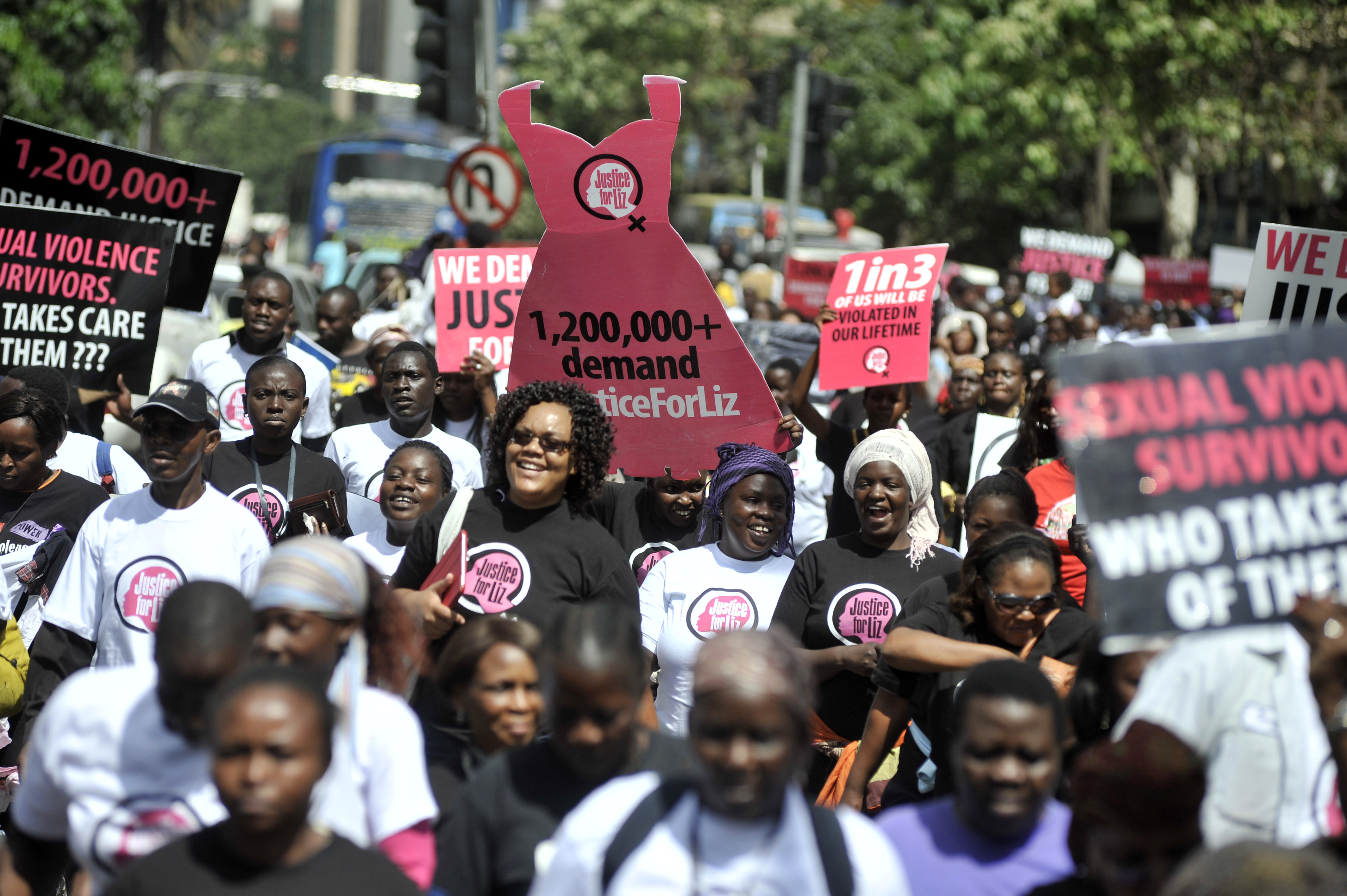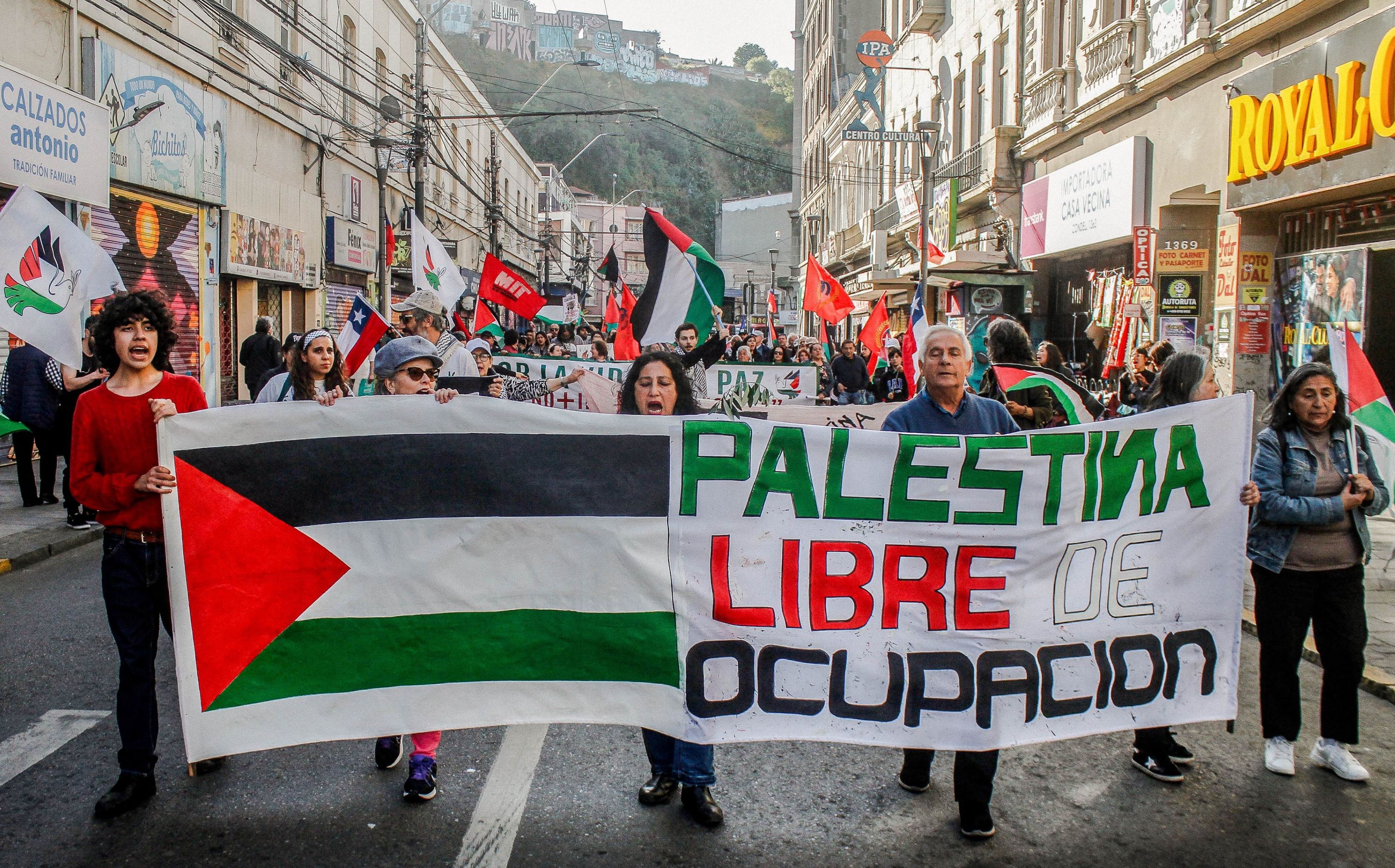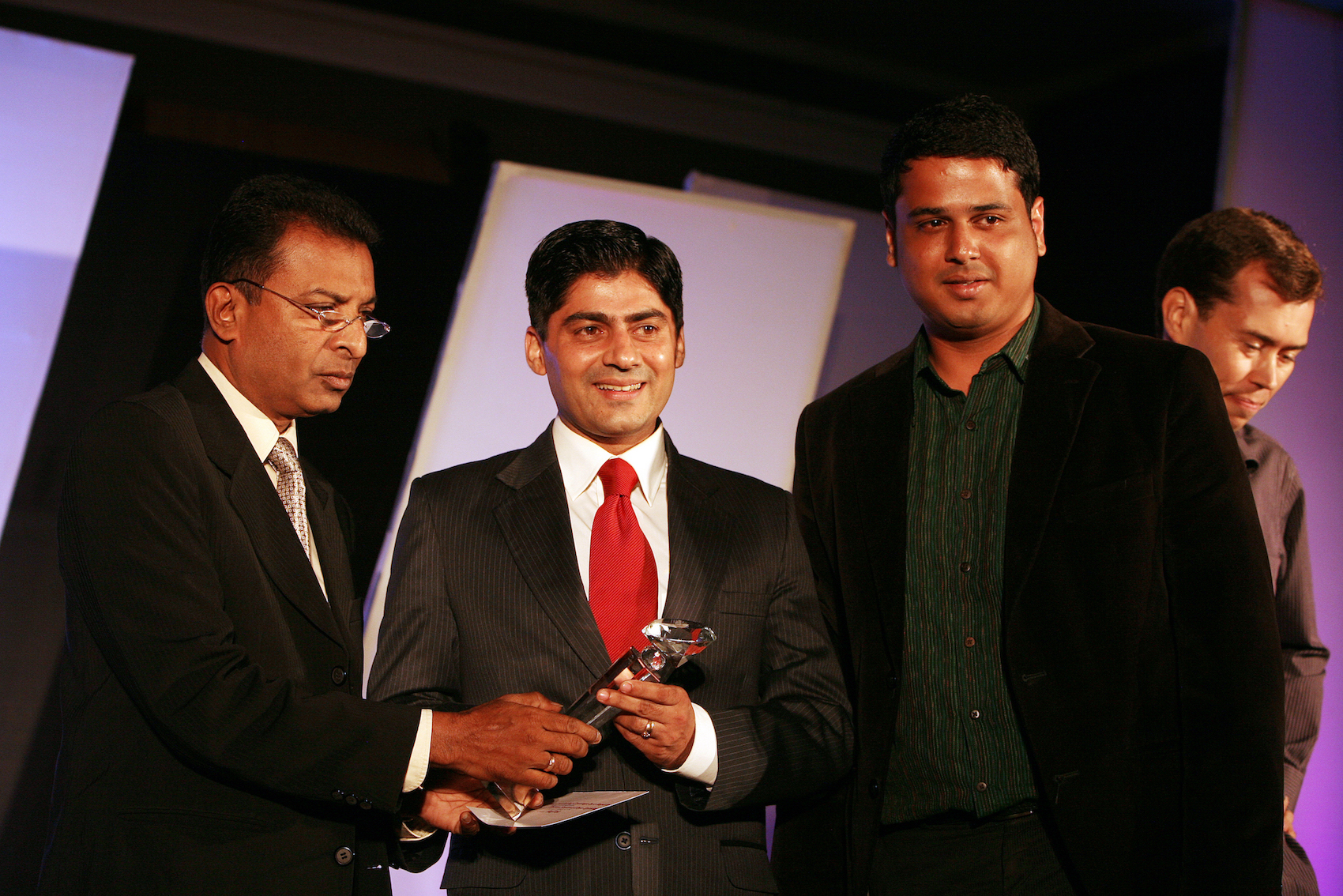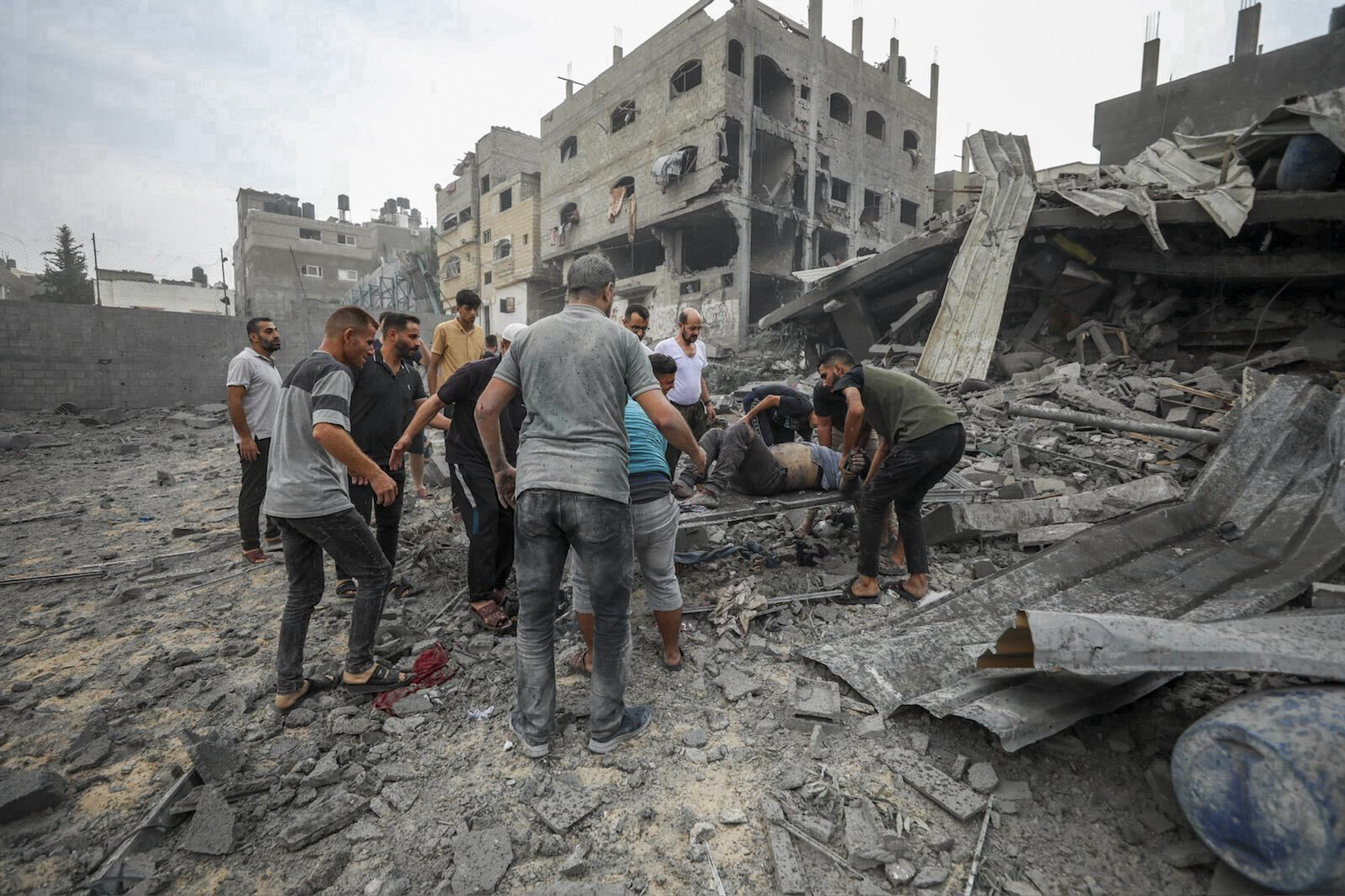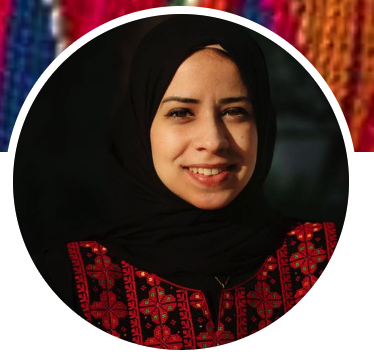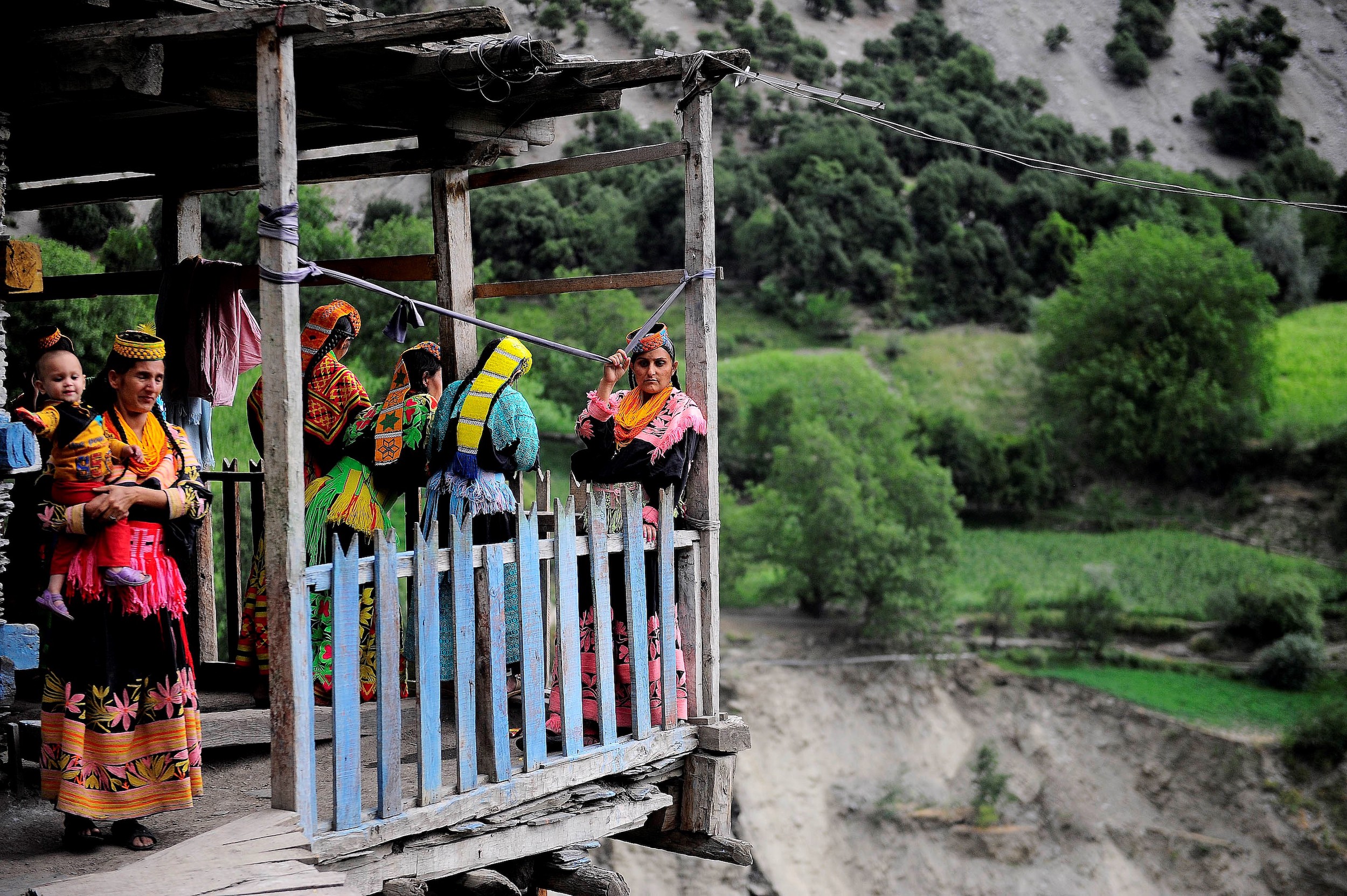تُشكل الأفلام الوثائقية مادة دسمة للفضائيات الإخبارية، وللعديد من الصحفيين الذين يعتبرونها إضافة إلى رصيدهم المهني. هذا الوضع جعلها عرضة للتداخل مع الصحافة التلفزيونية، على الرغم من أن صناعة الأفلام الوثائقية سبقت ظهور التلفزيون، لارتباطها بالسينما التي بدأت تسجيلية. هذه الأسبقية منحتها النضج في توظيف الأدوات وعمق المحتوى وخلق لغتها الموضوعية الفنية الخاصة بها، إلا أن الربط بين الصحافة المتلفزة مع الفيلم الوثائقي يأتي في ذهن الكثيرين بديهيا، نظرا لغياب الحدود الفاصلة بينهما، والمتعلقة بالشكل والبناء، وكيفية التعامل مع الصورة والمقابلات.
أخبرتني زميلة صحفية أنها تواصلت مع أحد المخرجين لتعرض عليه فكرة فيلم يُصور حياة الناس في منطقة حدودية أمنية مُتنازع عليها، وهو ما يفرض عليها الكثير من التشديدات والرقابة المانعة للتصوير إلا بموافقات عسكرية، ويدفع بالتالي إلى تبني وجهة نظر تابعة لإحدى جهات النزاع. أجابها صانع الفيلم بأن الخيار المتاح هو الاعتماد على الأرشيف إن توفر، أو ما تتناقله وكالات الأنباء، في محاولة لتذليل عقبات صُنع فيلم عن هؤلاء الناس، بالإضافة إلى إجراء مقابلات مع عدد من الخبراء والمختصين وشهود عيان ممن سكنوا هذه المنطقة سابقا، واعتذرَ عن المُضيّ في إنتاج الفيلم لأنه اعتبر طريقة المعالجة هذه تصلح لتقرير إخباري لا لفيلم وثائقي (1).
موقف المخرج يدفع للتساؤل: هل يمكن صناعة فيلم وثائقي دون الاعتماد على صور يلتقطها المخرج ليُشكل منها روايته البصرية؟ وهل يمكن الاكتفاء بالصور الأرشيفية والمقابلات لبناء فيلم وثائقي؟ ما الفرق بين فيلم مبنيّ على مقابلات وصور متناثرة دون سرد بصري واضح، أو دون منح القصص والصور المساحة لتقول كلمتها فيما اعتبره أصحاب الاختصاص لُغة أساسها الصورة المحكية؛ وبين تقرير إخباري مكتوب أو مرئي، أو حتى مقال أو كتاب أُضمّنه هذه المقابلات وأضع بين صفحاته الصور (الستيلات) المتوقفة زمانا ومكانا دون تأطير واضح لتسلسل سياقها، بما يضمن رواية بصرية خارج حدود الصورة غير المكتملة؟
يقول المخرج الروسي فيكتور كوساكوفسكي: "في أفلامي لا أقول إلا ما يمكنني أن أقوله بالصورة، وإلا ليست عندي الرغبة في إنجاز فيلم، فلِم أُنجز فيلما إذا كنتُ أستطيع أن أكتب مقالا؟" (2).
هذا يقودنا إلى إشكالية الخلط بين مفهومي الفيلم الوثائقي والتقرير الإخباري الطويل عند التنفيذ، إذ الفروقات بينهما تبدو بسيطة في أدوات الإنتاج، لكن الاختلاف سيتضح في الشكل النهائي والغاية، وكيفية التعامل مع الموضوع. فالحدّ الفاصل بين العملين متداخل في بعض الأحيان بصورة يُشكل على الجهات الإنتاجية اتخاذ قرار الاختيار بينهما، إلى جانب مَن توكل إليه مهمة الإنتاج: أهو صحفي أو مخرج؟
ولا يُفهم من هذا التساؤل اقتصار إنتاج الفيلم الوثائقي على مَن صفته مُخرج، إذ يستطيع الصحفي الذي يمتلك المهارات اللازمة والأدوات الأساسية إنتاج فيلم وثائقي وفق المتعارف عليه وله لغته الفنية الخاصة. لكن تظهر الإشكالية عند اكتساب التقرير الإخباري الطويل صفة الفيلم الوثائقي اسمًا لا توصيفًا ينطبق عليه.
وهنا نورد أبرز الأخطاء التي يقع فيها الصحفي عند إنتاج الفيلم الوثائقي:
الاستهانة بمفهوم الوثائقي وعدم اعتباره نوعا مستقلا بذاته له أدواته وأهدافه، إذ يراه بعض الصحفيين لا يرقى إلى قوة الخبر أو التقرير الإخباري، ولا ما اعتادوا عليه في التعامل السريع مع الخبر، على عكس قيمة الوقت المطلوبة لإنتاج الفيلم الوثائقي الذي يمرّ بمراحل متعددة وصولا إلى المنُتج النهائي. مع ذلك، قد تجد من هؤلاء الصحفيين من يفخر بأنه أنجز عدة وثائقيات للدلالة على تعدد مواهبه وخبراته، دون أن يدرك أنه فشل في امتحان الوثائقي.
فإذا أراد الصحفي اقتحام إنتاج الفيلم الوثائقي فيجب أن يكون ملمًّا بطبيعة الفيلم كأداة إعلامية ومعرفية ذات طابع فنّي -حتى لو جرّدناها من بعض مفاهيمها الفنية والسينمائية البحتة- واغتنام قدراته الصحفية لتعزيز المحتوى. وسنشاهد حينها ما هو مختلف عما نشاهده على العديد من القنوات التلفزيونية تحت مسمى "الوثائقيات" التي تفتقر إلى المفاهيم الأساسية للغة الأفلام الوثائقية، ولا تنطبق عليها أهدافها. كما يجب أن يفضي إلى تحفيز المشاهد إلى عمل شيء، أو توسيع مدارك المعرفة والفهم الإنسانية (3)، أو وضع حلول واقعية لمختلف المشاكل في عالم الاقتصاد أو الثقافة أو العلاقات الإنساني، كما ورد في تعريف الاتحاد الدولي للسينما التسجيلية.
إهمال اللغة الفنية للفيلم الوثائقي، فقد يدفع التعامل مع الفيلم كشكل من أشكال المخرجات الإعلامية للتغطيات الإخبارية؛ إلى اعتبار احتوائه بصورته الظاهرة هو الهدف الرئيسي، في حين أن اللغة الفنية للوثائقي تتطلب الاعتناء بالسرد الموضوعي، بما يعني الذهاب إلى ما وراء الحدث وخلفياته.
فلو أردنا في فيلم وثائقي تتبع إحدى الجماعات اليمينية التي شاركت في اقتحام مبنى الكونغرس الأمريكي يوم 6 يناير/كانون الثاني 2021 والتي امتلأ الفضاء الإعلامي بصورهم ومقاطع الفيديو المتعلقة بهم، واكتفينا بالذهاب إلى أحد مقرّاتهم وإجراء مقابلات مع بعض الأعضاء، وصوّرنا بعض أنشطتهم للتعريف بهذه الجماعة وأهدافها وسبب مشاركتها في الاقتحام؛ قد يكون هذا سبقا صحفيا بالنظر إلى صعوبة الوصول إليهم وقيمة المعلومات التي حصلنا عليها. لكن إذا اكتفينا بما سبق فسنقع في مطب إنتاج تقرير إخباري طويل، بينما يتطلب الفيلم الغوص بشكل معمّق في واقع هذه الجماعة وجذور نشأتها بناء على شخصيات وقصص لبعض أعضاء هذه الجماعة، منتقاة بعناية وذات خصوصية، تكشف جوانب أكثر تفصيلا، وتقدّم فهما أدق وصورة أشمل ومتماسكة للمشاهد عن هذه الجماعة.
يحتاج كل ذلك إلى تدعيم الشق الثاني من اللغة الفنية المتعلقة بالسرد البصري، أي كيف ستعكس الصورة الواقع بشكل يعتمد على أسلوب بنائها من ناحية أحجام اللقطات وزوايا الكاميرا، بما يخدم المعنى المراد من وراء توظيف الصور والمقابلات في المونتاج، وتركيبها بشكل يمنح الموضوع بُعده القصصي، لا بشكل متتابع دون خلق الحبكة والتقطيع المناسب ومستوى الإيقاع الفني. هذا بالإضافة إلى ما يُتاح من لمسات إبداعية ترفع قيمة الفيلم بإيجاد "معالجة خلاقة للواقع" (4) كما وصفه جون غريرسون أحد رواد السينما الوثائقية.
المقابلات على حساب الصورة، فغالبا ما ينصبّ اهتمام الصحفي على المقابلات أكثر من الصور، وعلى الآراء والتحليلات، وإن قُدمت المعلومة تغيب كيفية السرد البصري بما يحقق مفهوم الفيلم، ويبقى الحوار ضمن دائرة نقاش عامة، وهو الأمر الذي يصلح أيضا في حال استضافة من قابلناهم للفيلم في أستوديو حواري بدلا من الإنفاق على إنتاج فيلم لن يختلف في المحتوى والمضمون.
تركّز مقابلة الشخصيات في الفيلم الوثائقي على استنطاقهم لتشكّل إجاباتهم بنية مُكمّلة لسيناريو الفيلم، فالشخصية في الوثائقي ليست عنصرًا جامدًا، بل هي فاعل حيوي يشحذ زوايا الفيلم وقد يقلب السيناريو وحتى الحكاية نفسها أحيانا.
إن ما يُعطي المقابلات في الفيلم حيوية هو التفكير بالصور قبل الكلام، وبصريا تكون أقوى إذا تم تنفيذها في المكان المرتبط بموضوع الفيلم، بحيث تتم مصاحبة الشخصية إلى ذلك المكان ونقل ومعايشة ما يُمكن من التفاصيل معه، مع الانتباه إلى أنه "في المقابلة يختلف المعنى باختلاف المشهد الذي تختاره لخلفية الصورة، كما يختلف المعنى باختلاف حجم اللقطة، حيث تبدو هذه الأمور كلها تقنية، لكنها جزء من لغة، والمهم أن يكتشفها الفنان ويركبها في إطار شخصي.. من هنا تكون اللغة" (5).
عدم التمييز بين نص الوثائقي والنص الإخباري، فالمبالغة في الاعتماد على النص ستجعل الصحفي محصورا في إطار التقارير، عاجزا عن التعامل مع لغة أوسع. وفيما يتعلق بالتعامل مع التعليق، ينصح المخرج البرازيلي المولد ألبرتو كافالكانتي بعدم الثقة التامة به، إذ يقول: "لا تثق بالتعليق لحكاية قصتك، فالبصريات وأصواتها المرافقة هي التي يتوجب عليها القيام بذلك. إن التعليق يثير الاستياء، والتعليق المجاني يثير الاستياء أكثر وأكثر" (6).
ومهمّة النص في الوثائقي تكمن في قدرته على لعب دور راوي القصة الذي يتجاوز مرحلة تقديم المفاهيم المعرفية المتداولة ونقل الخبر، فنص الوثائقي ليس خبرا أو مقالا مقروءًا، بقدر ما هو حالة منسجمة مع الفيلم يُتمّه عند الحاجة إليه.
تقديم سرعة الإنتاج على جودته، فبعض الصحفيين ممن لهم باع طويل واعتادوا على السرعة في التعامل مع الخبر تبعا لما تتطلبه مهنتهم، ونقل ما هو ظاهر على السطح على حساب تفاصيل الصور، تجدهم يلاحقون الموضوع دون الاهتمام بالمساحات الفنية والتقنية التي يوفرها التصوير، ودون فهم مدلولات الصورة، وأهمية المونتاج الذي يقدم خيارات وبُنى تركيبية مختلفة لموضوع الفيلم، مع إغفال الموسيقى والمؤثرات البصرية وأمور فنية أخرى يمكن الاستعانة بها لتشكيل لغة بصرية وموضوعية أكثر عُمقا، لا تُسطّح التفاصيل ولا تضعها في إطار إخباري تقليدي. ذلك أن أخبار التلفزيون وتقاريره "مقولبة سلفا، فهي عبارة عن مونولوغ صحفي، ثم حوار قصير مع أحد المعنيين بالموضوع المطروح في الخبر، ومن ثم مونولوغ موجز للصحفي يرافق تلك المشاهد المصورة التي تشرح ما تم قوله، وهو ما يسمى صورا توضيحية" (7).
فعلى الصحفي أن يوسع مساحة خياله، ذلك الخيال المستمد من الواقع، فكما يقول المخرج الفرنسي جان لوك غودار "إذا أردت صنع فيلم وثائقي فعليك -تلقائيا- اللجوء إلى الخيال.. وإذ كنت ترغب في تغذية خيالك فيجب أن تعود إلى الواقع" (8).
إن القدرة على تجاوز الأخطاء أعلاه تعتمد على الصحفي مُنتج الفيلم، ولا يُفهم من الطرح السابق أنّ الوثائقي يمكنه الاستغناء عن الحسّ الصحفي. فعلى المخرج أن يكون دوما حاضرا لاقتناص اللحظة المناسبة، كما يقول المخرج الأميركي جوشوا أوبنهايمر "إن كنت عاجزا عن التقاط اللحظة فدعك من إخراج الوثائقي" (9). كما أن معرفة العلاقة التكاملية التي تربط الصحفي بمخرج الوثائقي ستوفّر الجهد والوقت في مقابل الجودة العالية للفيلم، وهي علاقة يتطلب نجاحها الفهمَ الكامل من الصحفي والمخرج لدور كل منهما. وإن اختار الصحفي لعب دور المخرج فعليه أن يفهم فكرة العمل الرئيسية، وكيفية تحويلها إلى فيلم، وإلا فإن "الخطأ سيتوغل في كل تفاصيل تجسيد الفيلم على الشاشة" (10).
إن الصحفي المتمكن من أدواته الصحفية، القادر على انتزاع التفاصيل المختبئة والنبش في الحواشي، دون الأخذ بظاهر الموضوع، سيعرف أن الفيلم الوثائقي في جوهره يُشبه طبيعة عمله، إنْ فهِم أدواته وأدرك قيمته وغيّر من نظرة الاستهانة به، وأنه ليس فقط مادة لتعبئة الدورات البرامجية، أو مُلحقا هامشيا في التغطيات الإخبارية.
مراجع:
1 الحالة هنا متعلقة بفيلم وثائقي وليس استقصائيا يتطلب اللجوء إلى طُرق وأدوات مختلفة.
2 قواعد السينما الوثائقية الـ 10 (جريدة النهار 21 أيلول 2019)، هوفيك حبشيان.
3 نقد الفيلم التسجيلي: أسس المعرفة والتناول (موقع الجزيرة الوثائقية)، أمير العمري.
4 "An introduction to television documentary: Confronting reality", Richard Kilborn, John Izod, Page 12.
5 "الحلم المعلق: سينما مارون بغدادي"، إبراهيم العريس، ص 196.
6 "كيف نُفكر وثائقيا"-قناة الجزيرة الوثائقية، إعداد مجموعة من الباحثين، ص 63
7 "صناعة الأفلام الوثائقية"، باري هامب، ص 62.
8 "Film Manifestos and Global Cinema Cultures: A Critical Anthology", Scott MacKenzie, Page 445.
9 جوشوا أوبنهايمر لـ "المدن": خمسة دروس لتصوير وثائقي (جريدة المدن 22 يوليو 2017) - هوفيك حبشيان.
10 أحاديث حول الإخراج السينمائي، ميخائيل روم، ص 206.
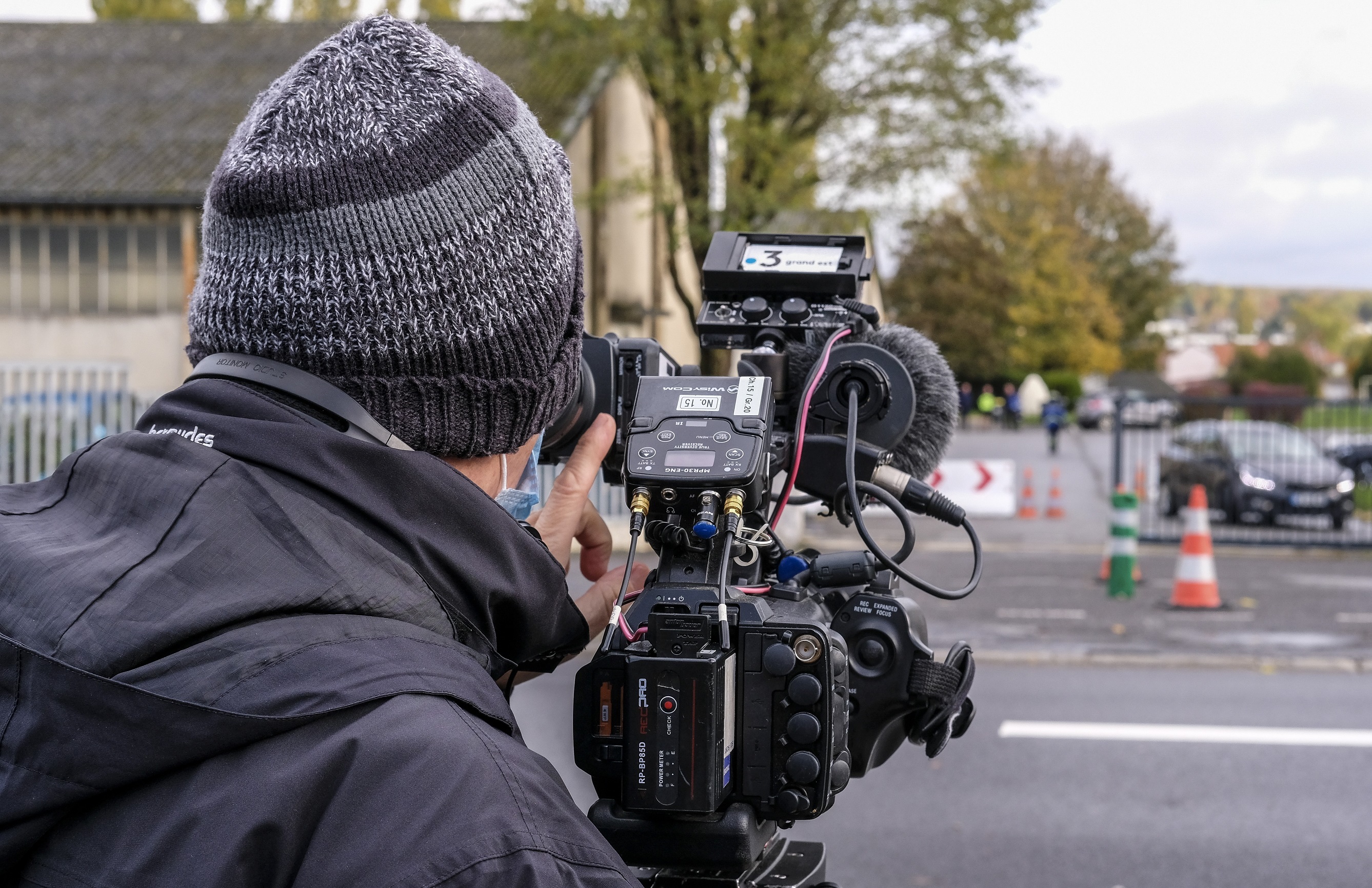

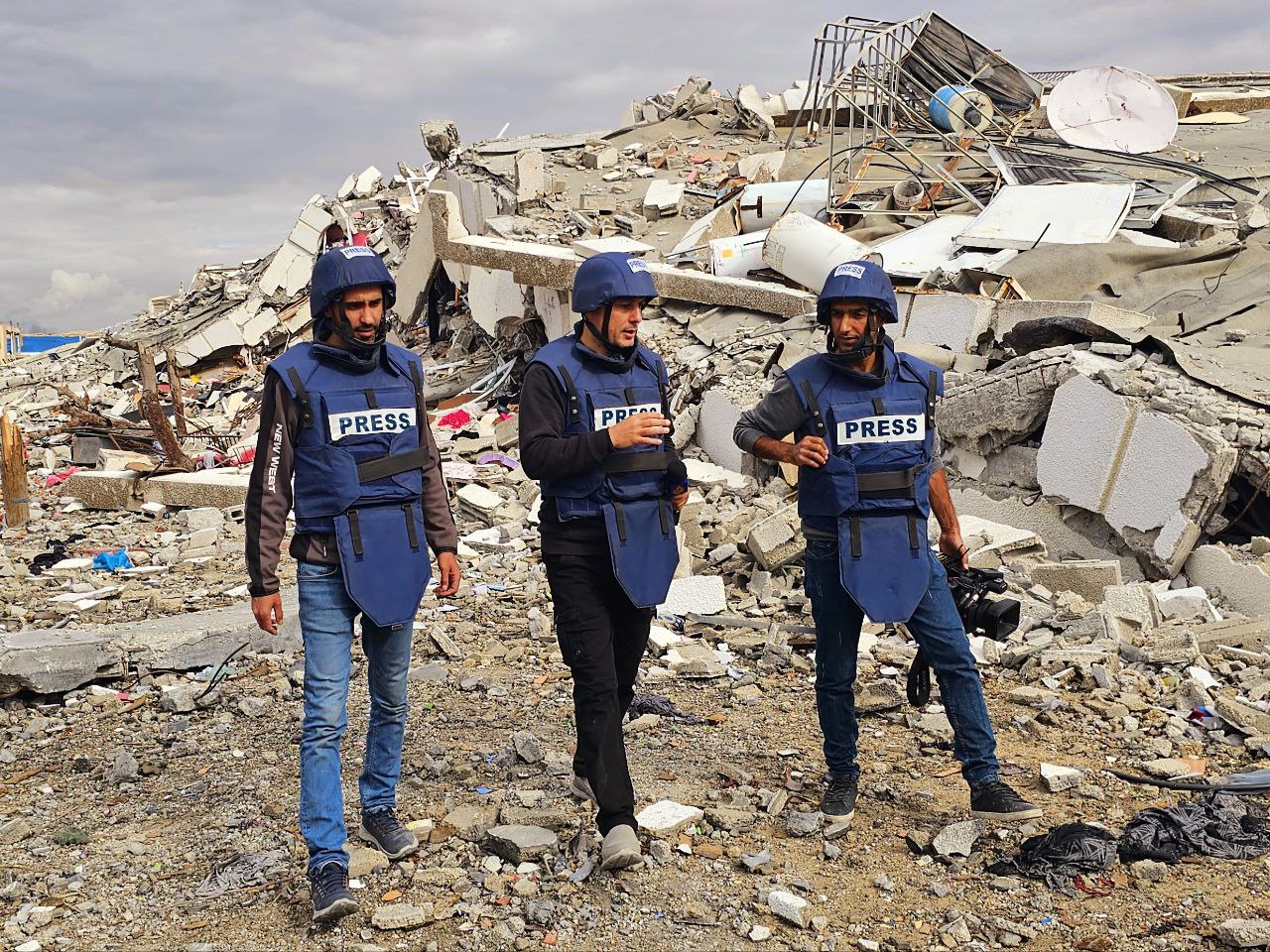
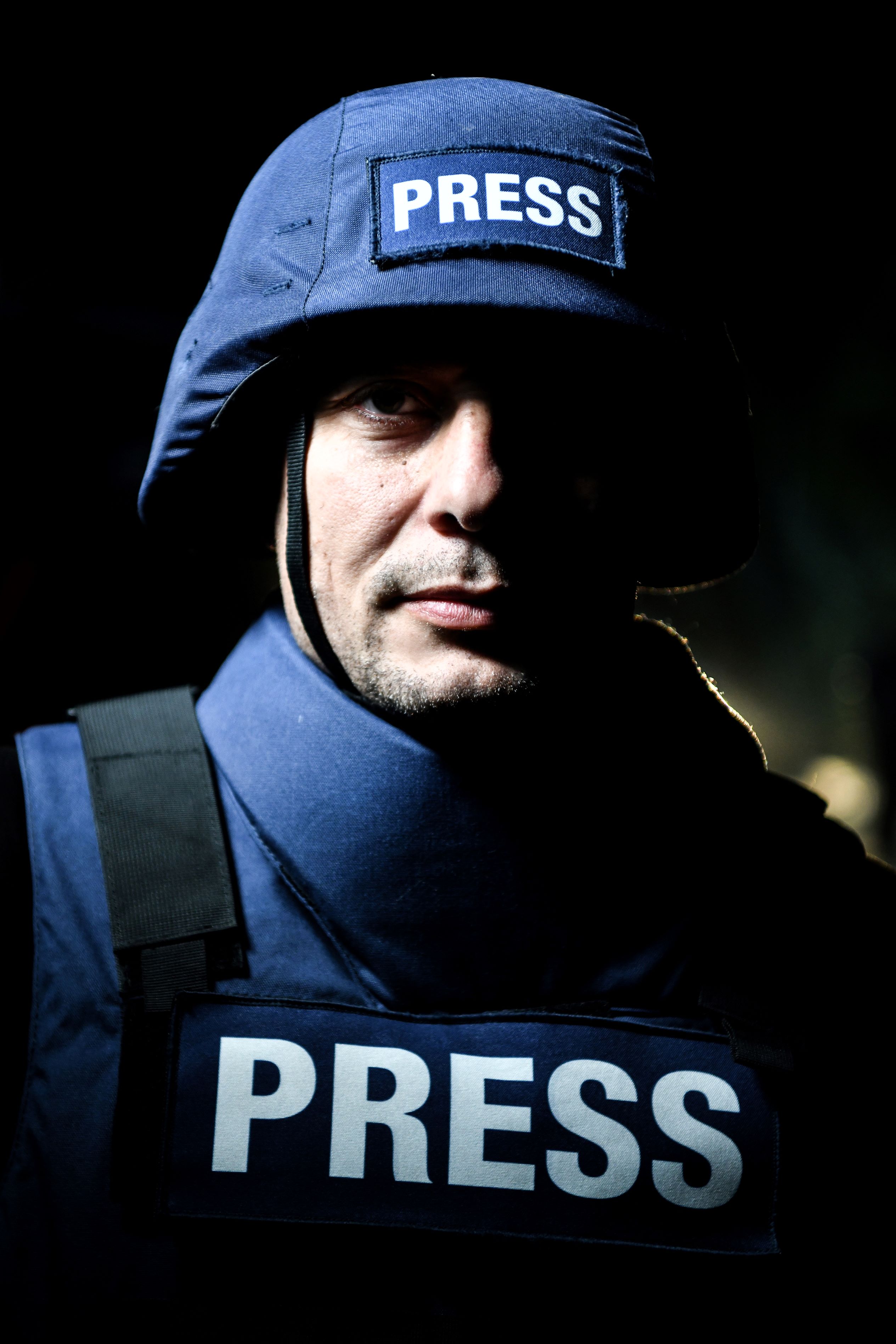
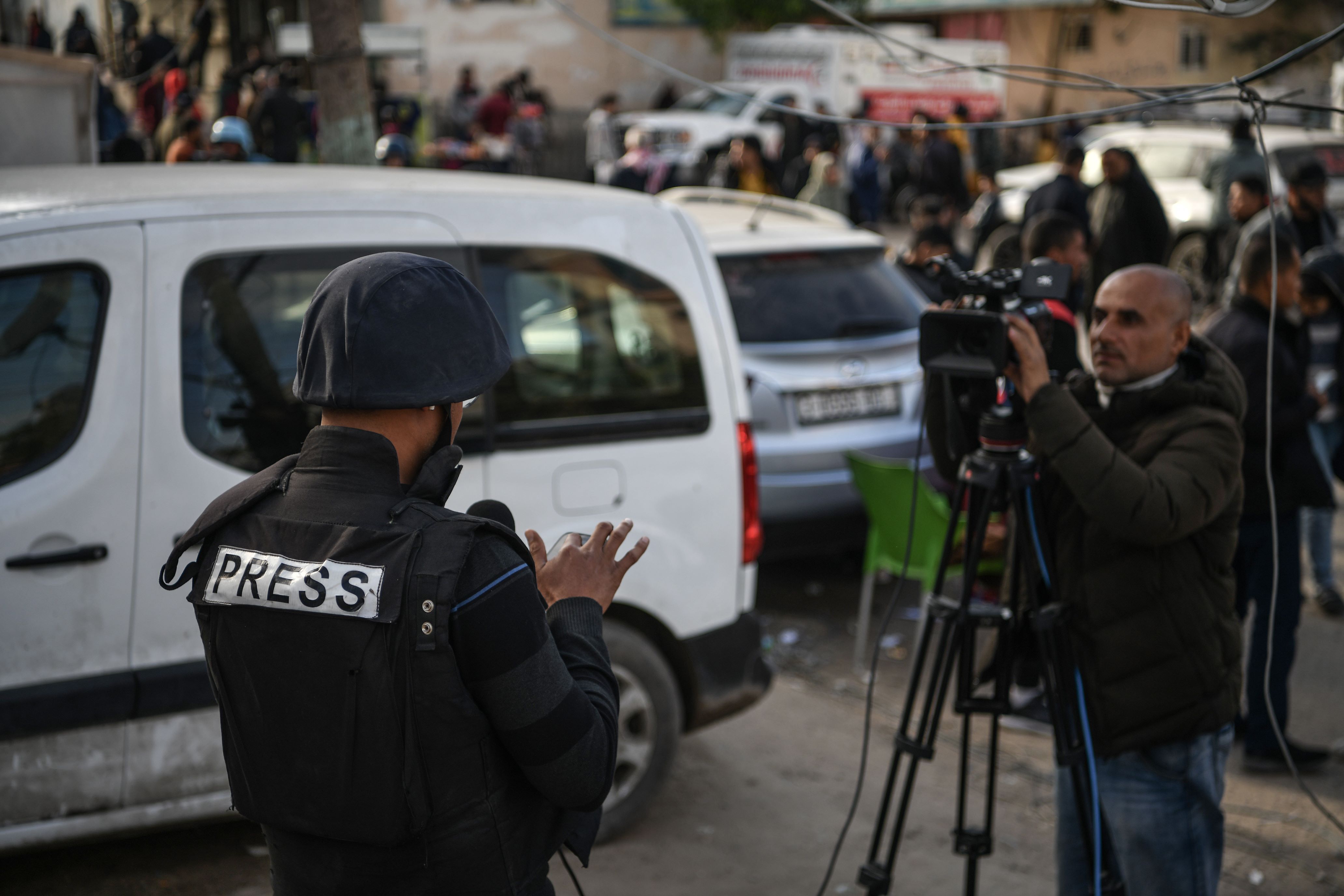
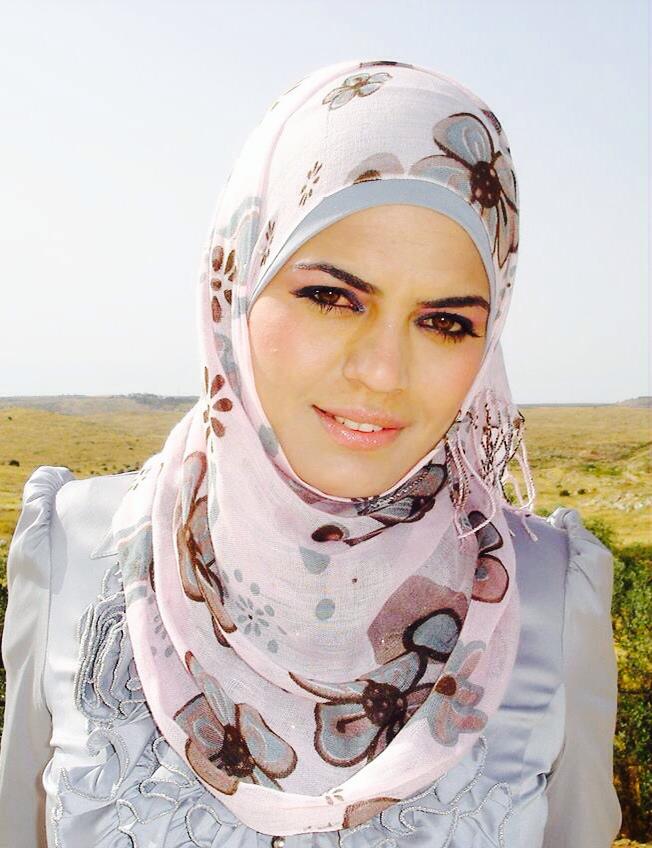
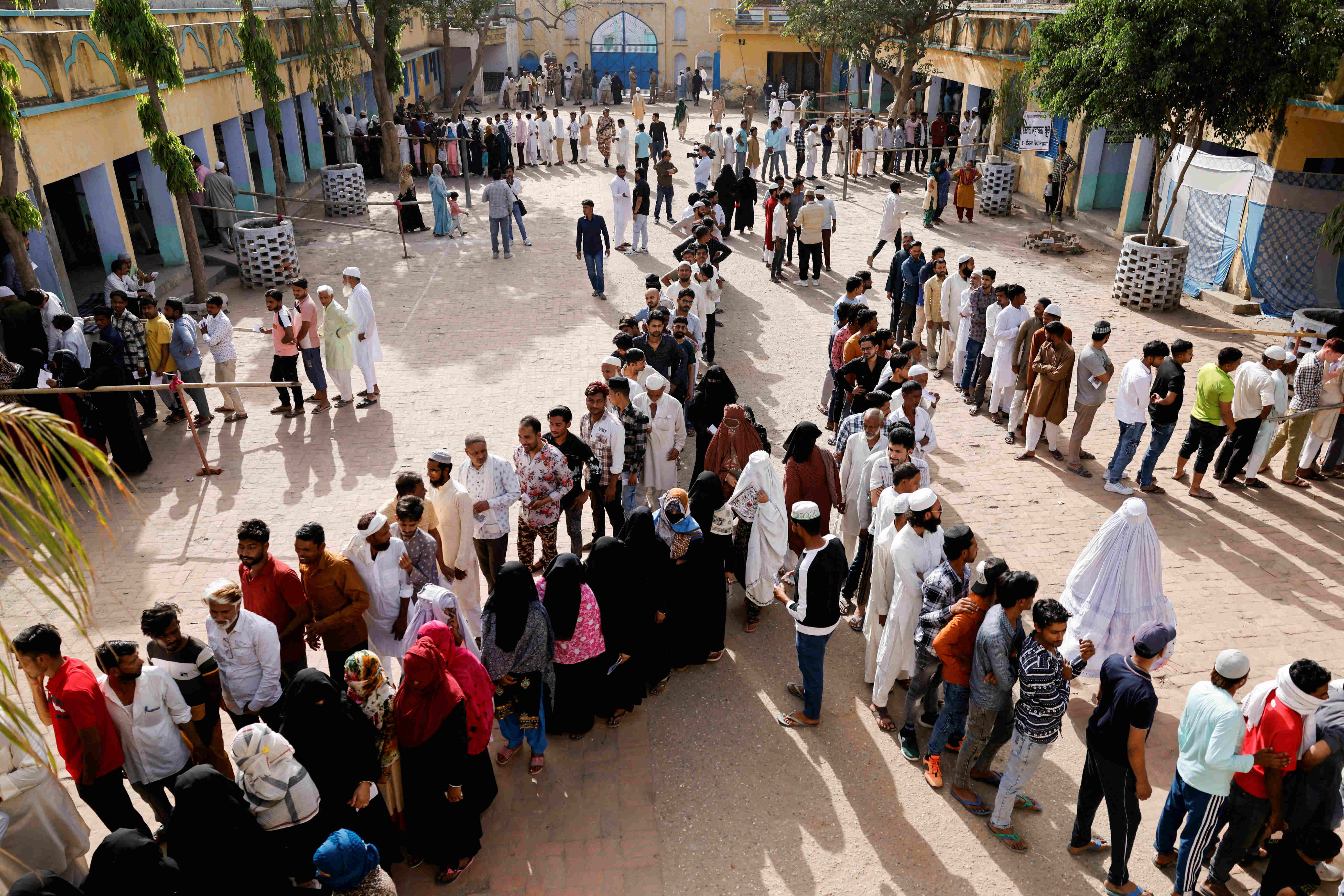

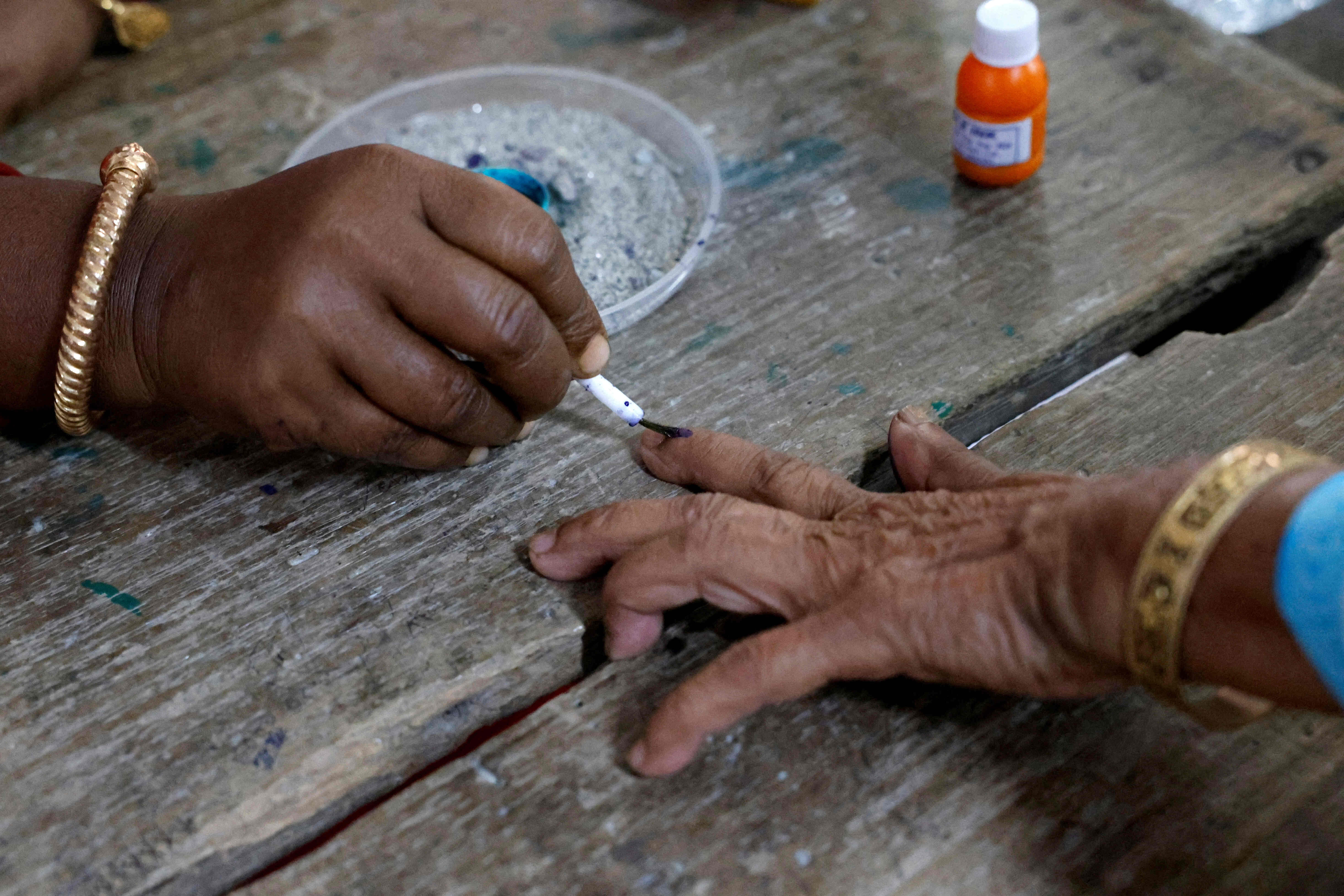

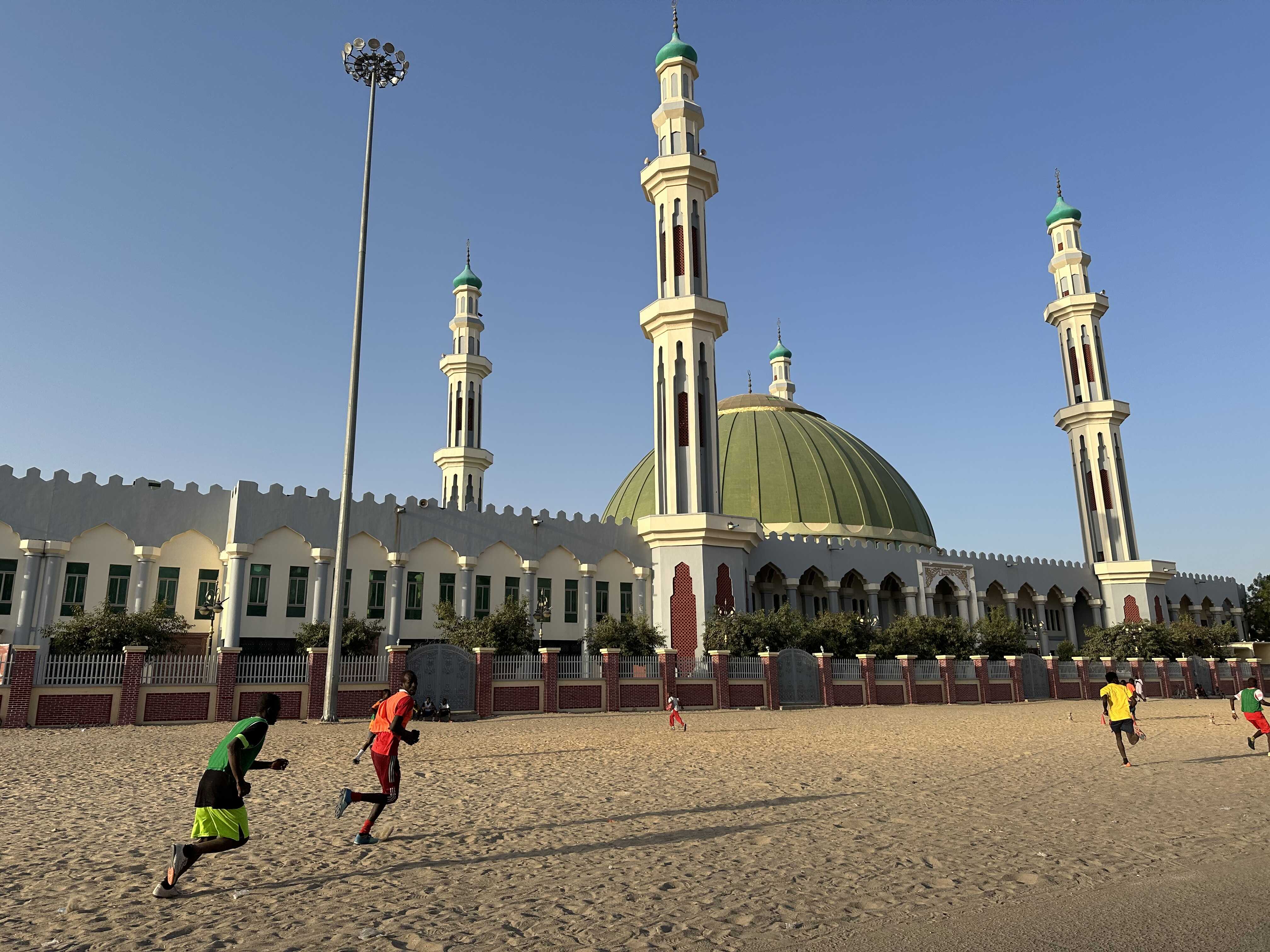
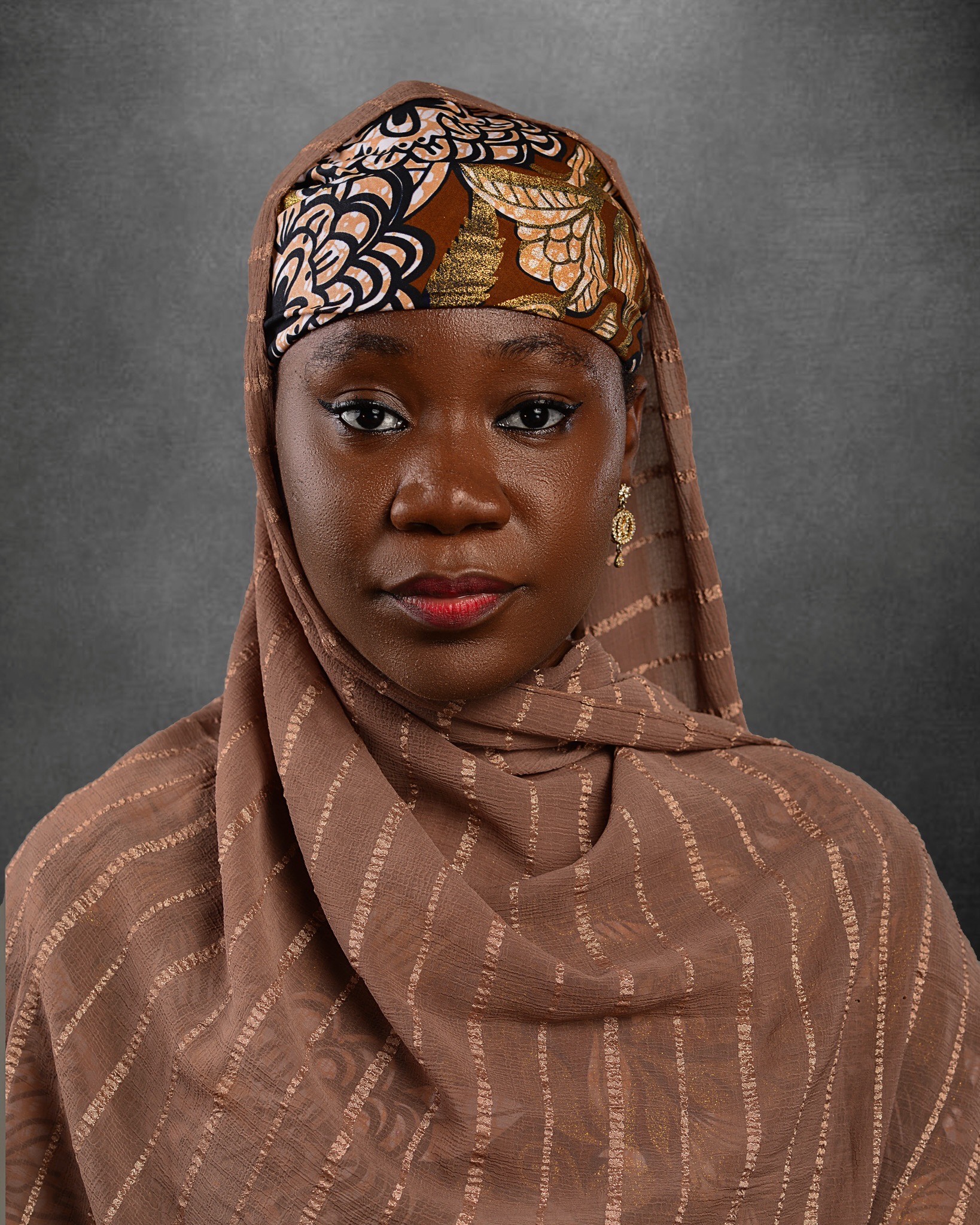
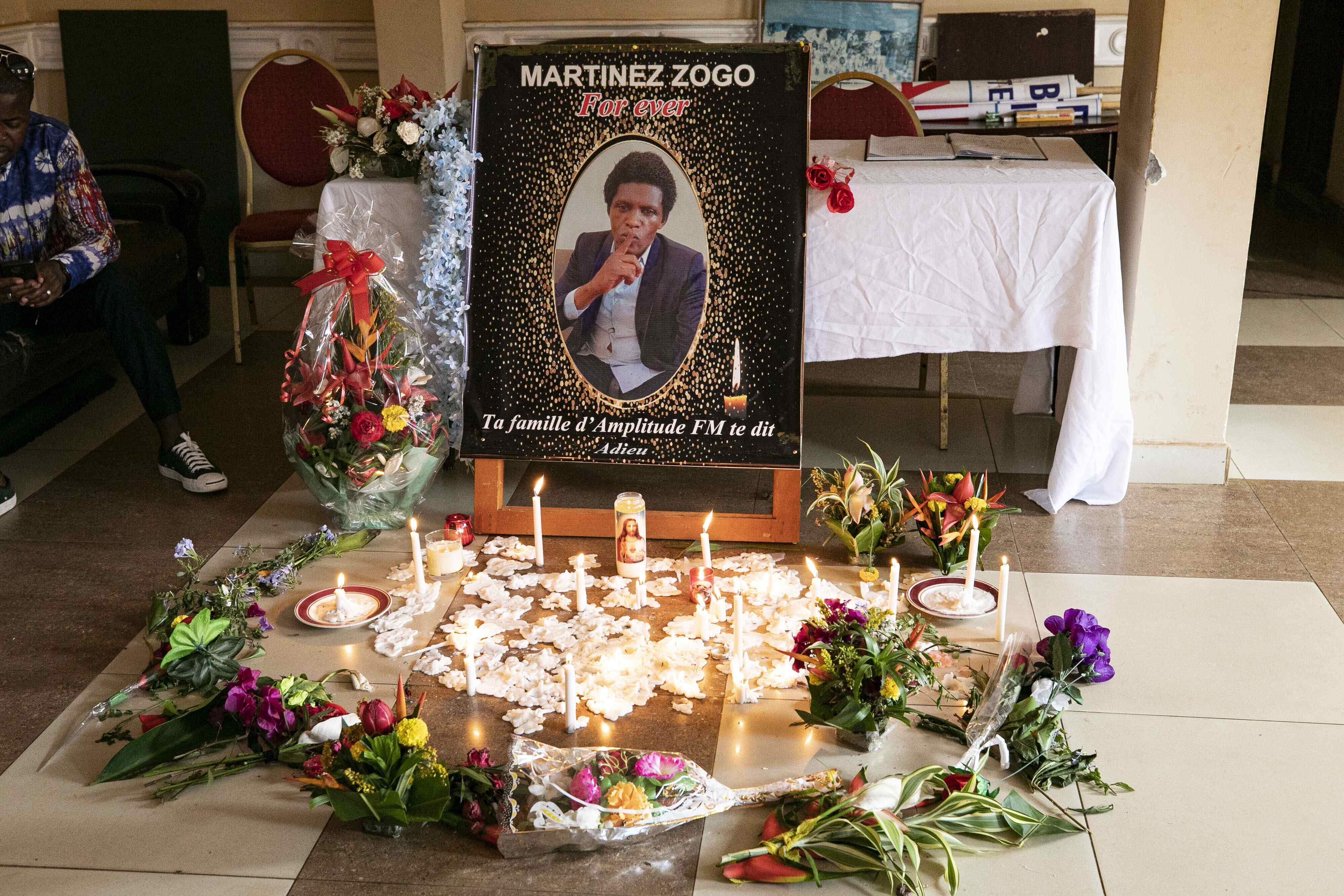

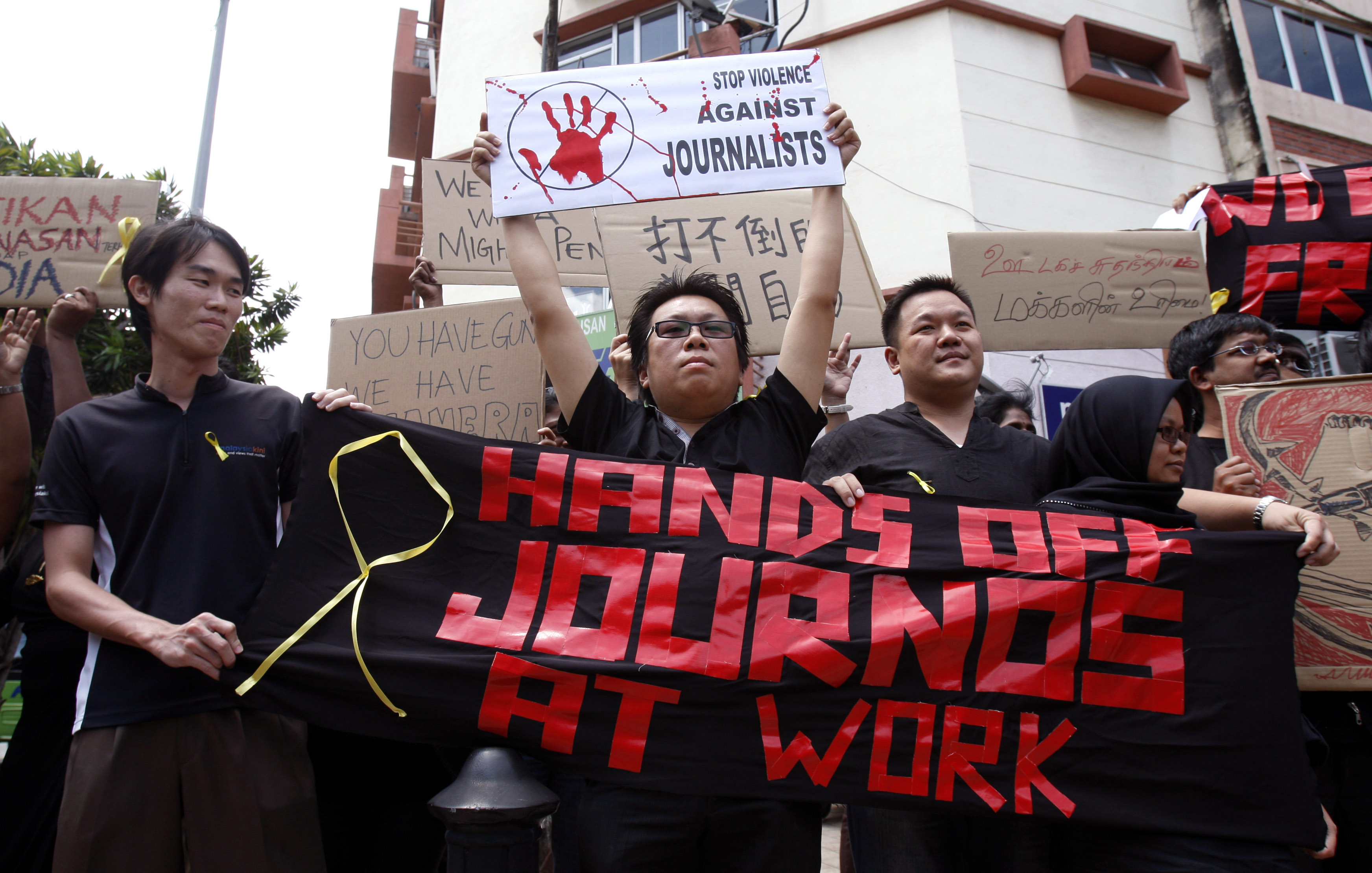

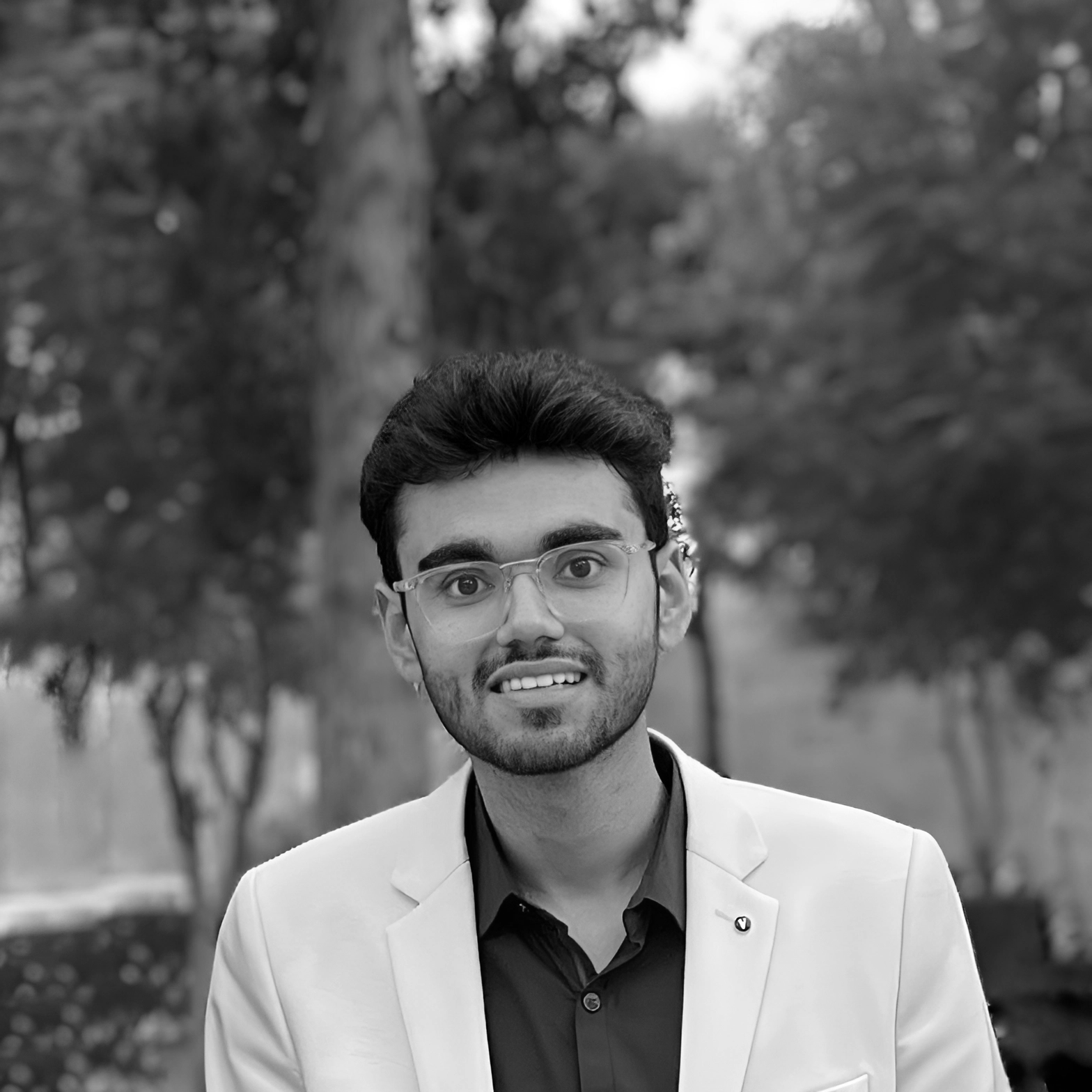
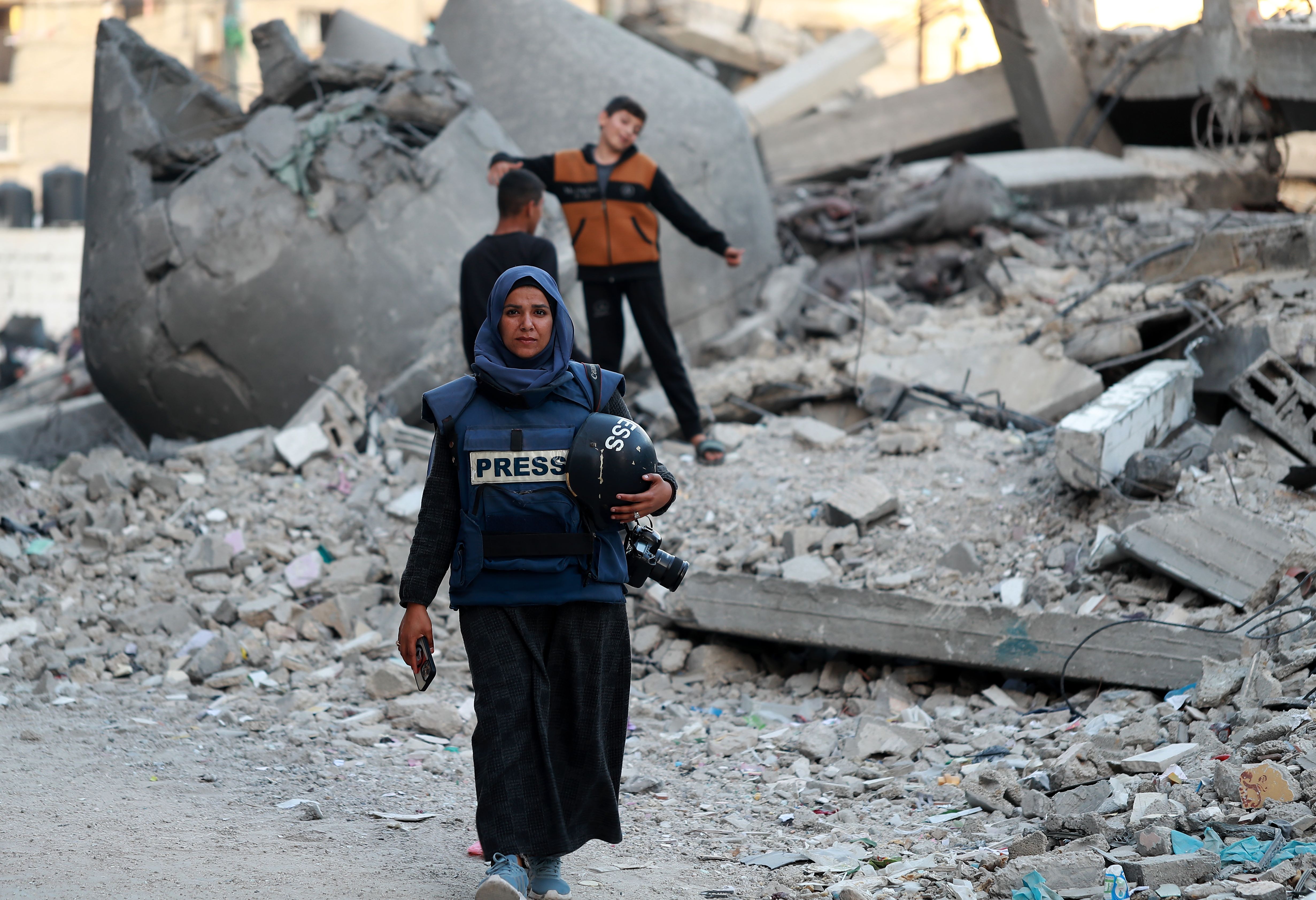



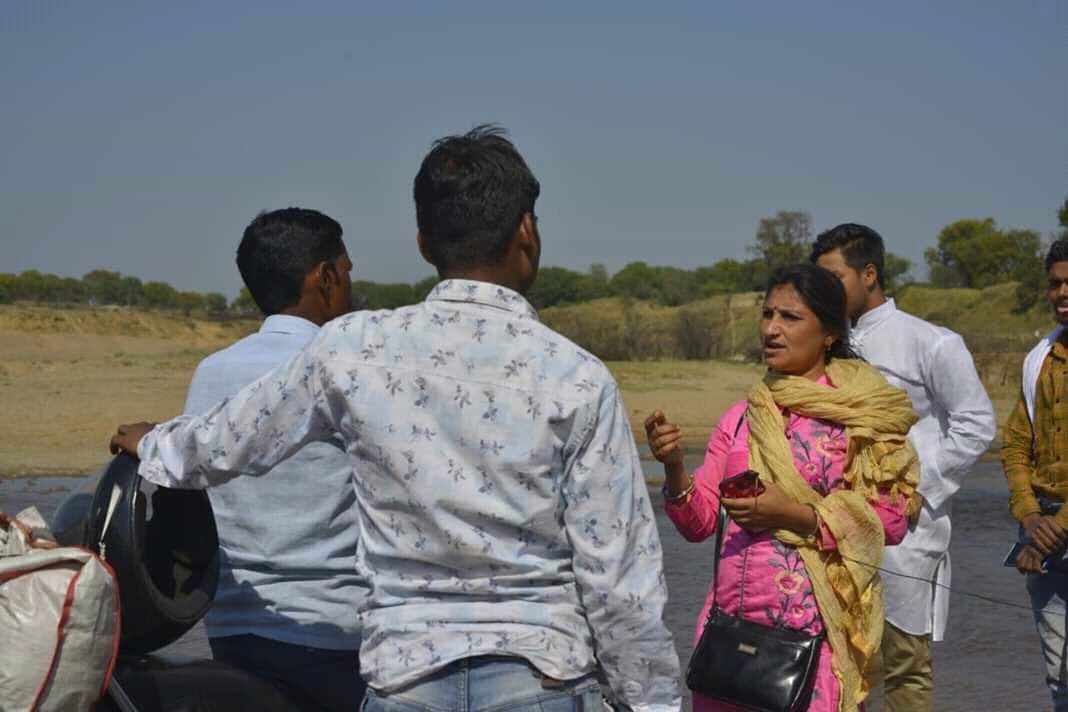


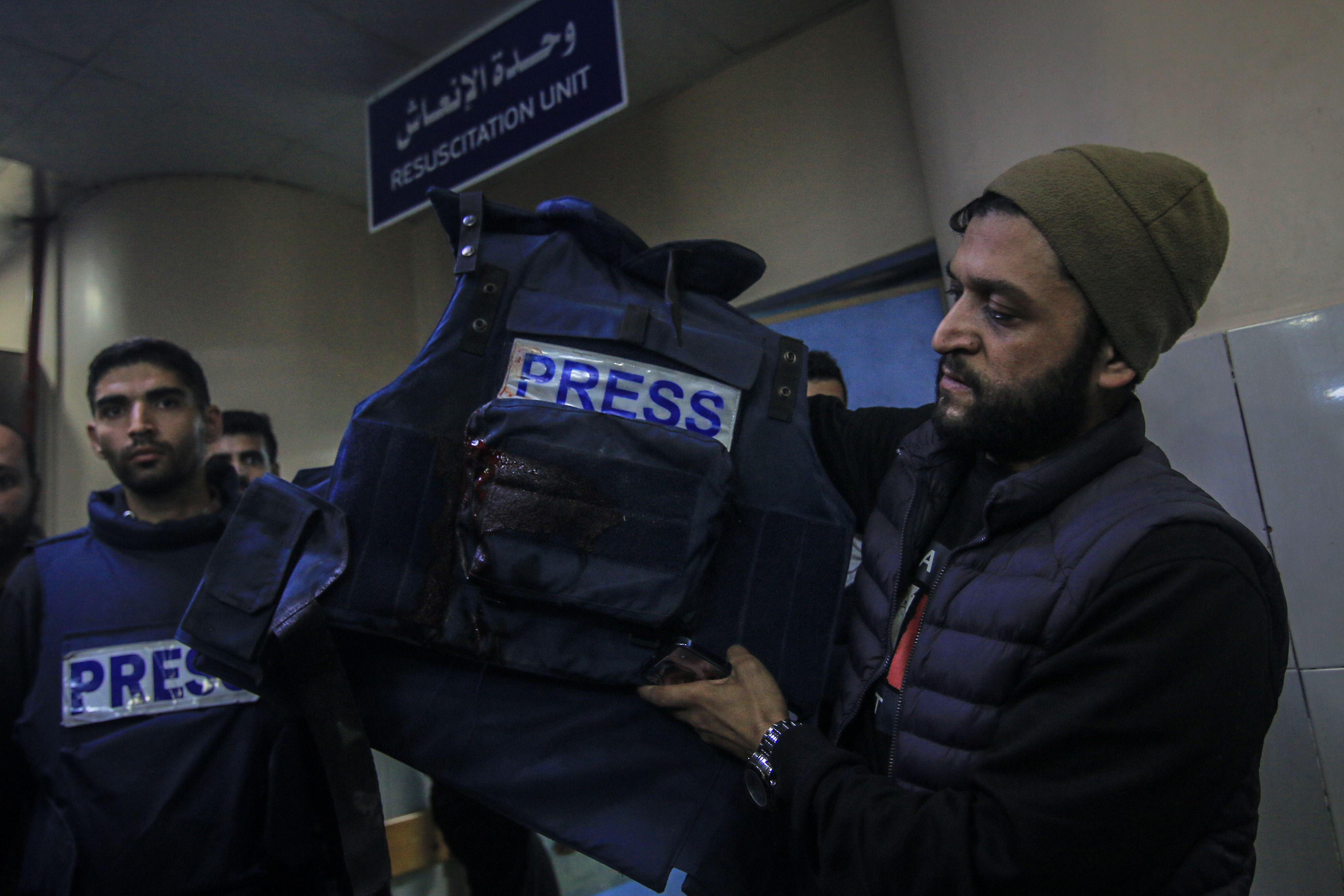
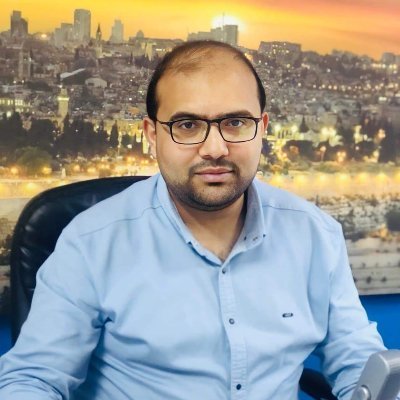

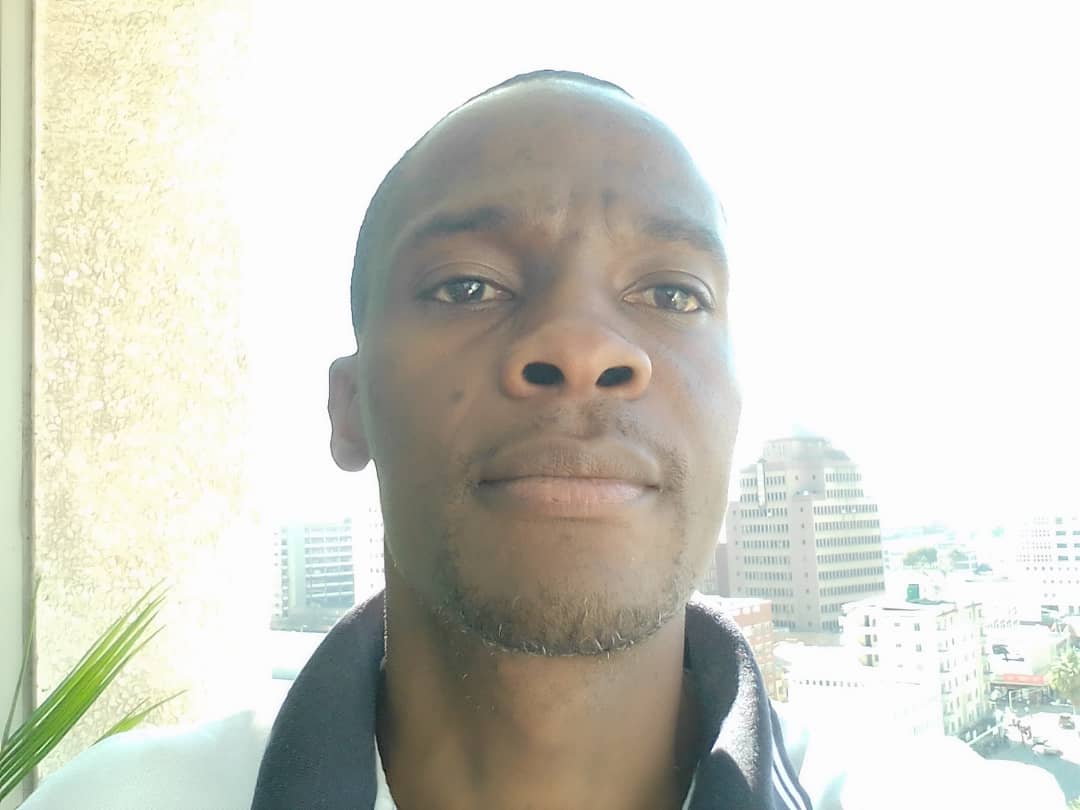
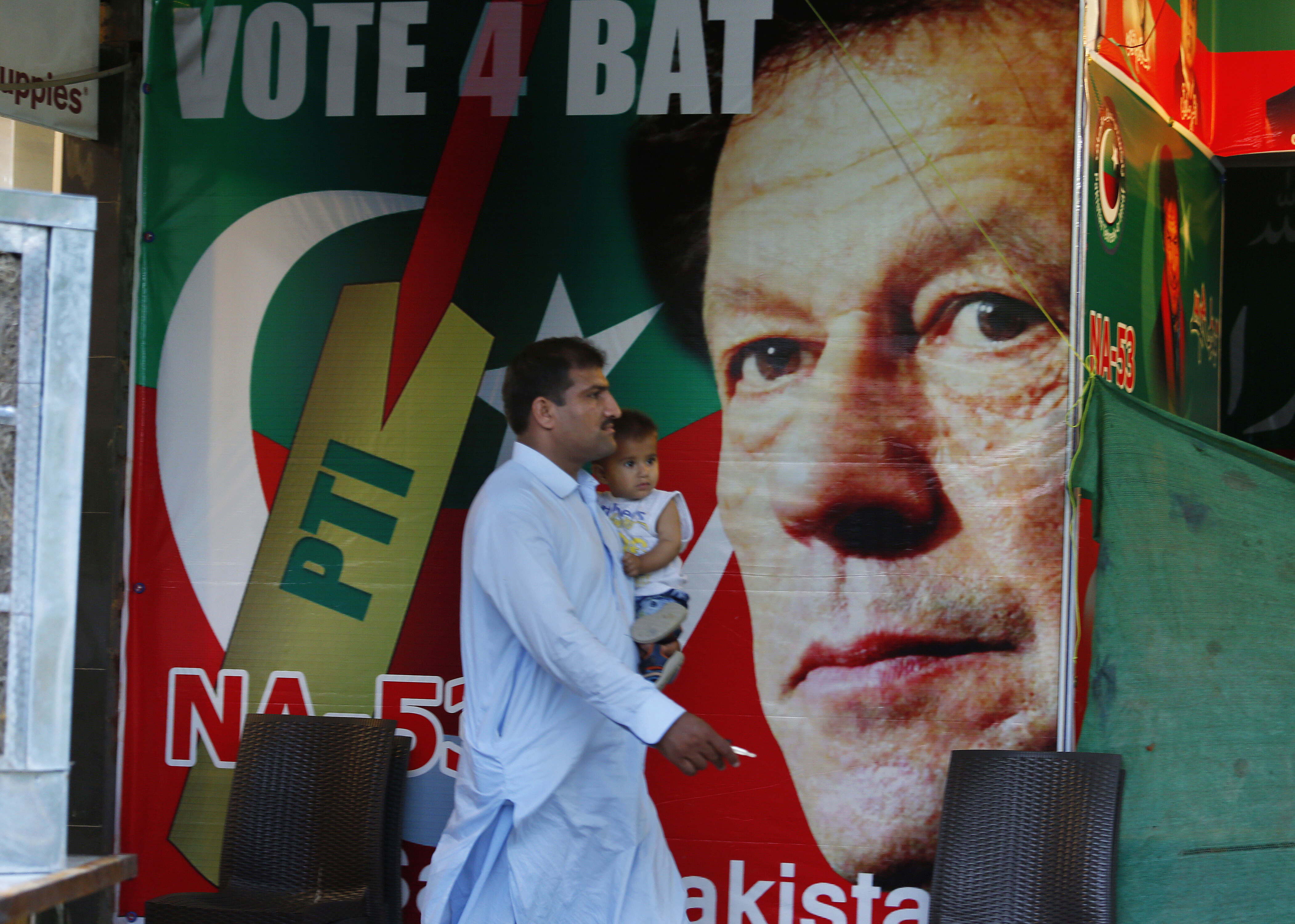

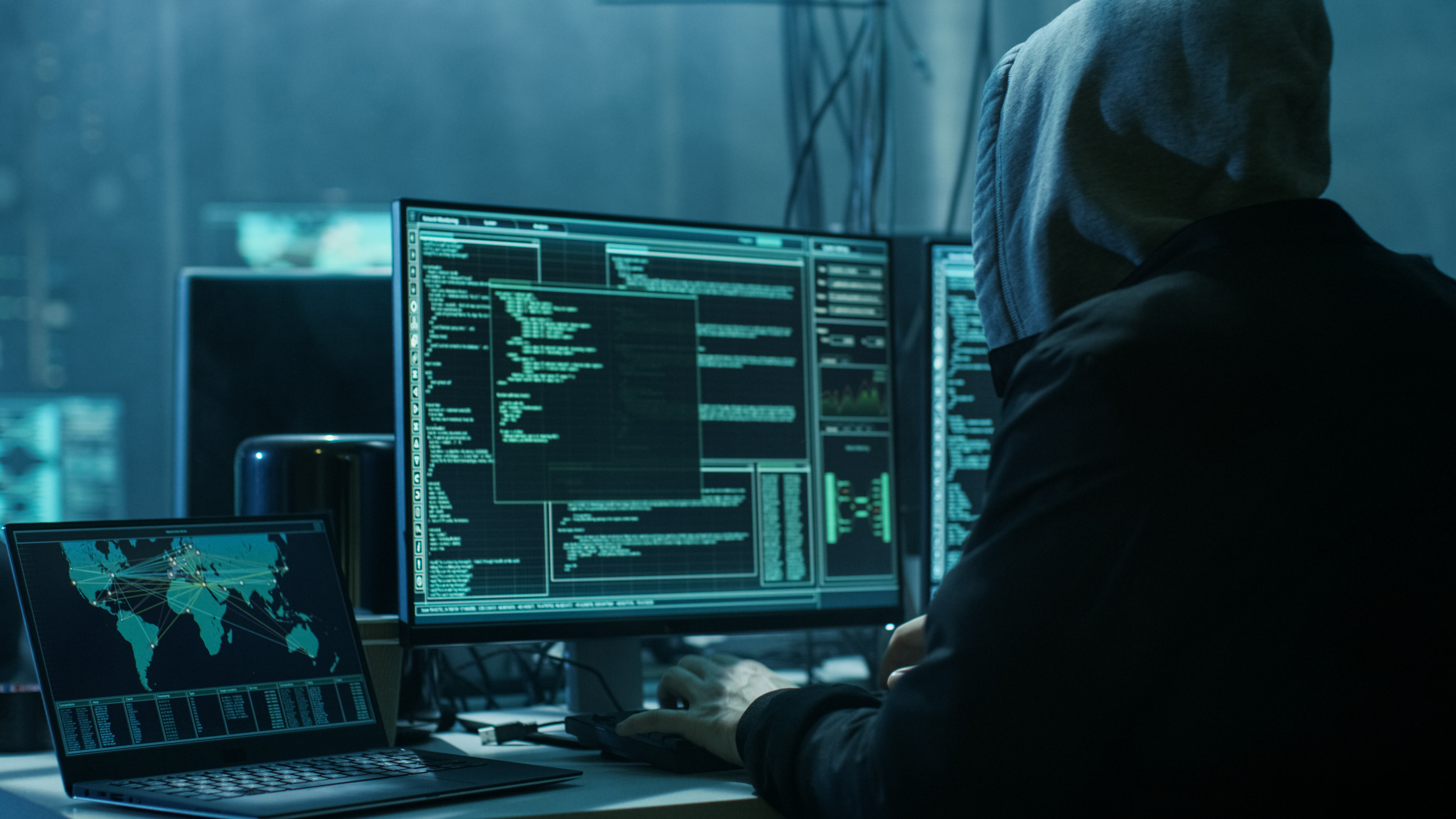
![A demonstration against Israel's war on Gaza on Paulista Avenue in São Paulo on November 4, 2023, draws attention to the deaths of children while the media focuses on the war against terrorists. [Photo: Lina Bakr]](/sites/default/files/ajr/2024/Picture1.png)
